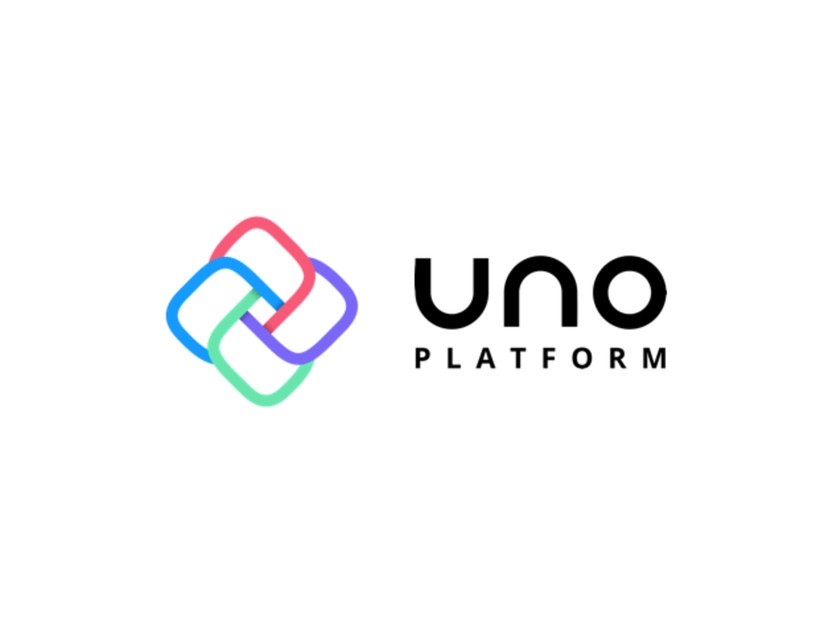
No More “Pair to Mac” trauma from Visual Studio with Uno Platform
🕓 4 MINWith the rollout of the 4.10 update, Uno Platform has reintroduced the popular feature, Hot Restart. Originally, this feature was a part of Xamarin-based Uno

🕓 4 MINWith the rollout of the 4.10 update, Uno Platform has reintroduced the popular feature, Hot Restart. Originally, this feature was a part of Xamarin-based Uno

🕓 2 MINIt was a busy week with 3 full days of .NET Conf – the exciting launch of .NET 6 and Visual Studio 2022. The scalability,

🕓 4 MINJust recently I have converted one of my UWP games to Uno Platform – The Minesweeper 10 and I wanted to share my experience. In

🕓 6 MINCredit: This article originally appeared at https://blog.mzikmund.com/2020/01/custom-fonts-in-uno-platform/, written by Uno community champion Martin Zikmund. Custom fonts are super useful to make your application match company

🕓 8 MINA few months ago, Microsoft open sourced the Windows Calculator, the very Calculator that ships with Windows 10. We decided to port it to C# and the

Uno Platform
360 rue Saint-Jacques, suite G101,
Montréal, Québec, Canada
H2Y 1P5
USA/CANADA toll free: +1-877-237-0471
International: +1-514-312-6958
Uno Platform 5.2 LIVE Webinar – Today at 3 PM EST – Watch